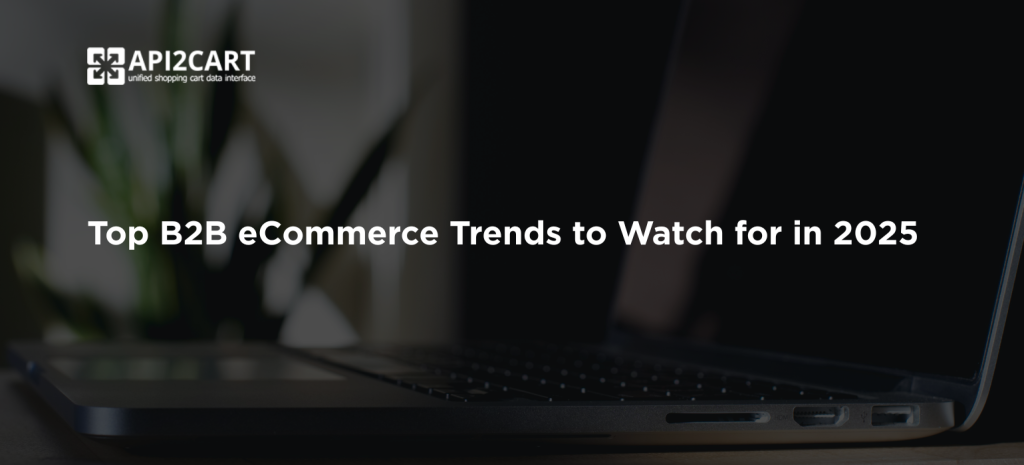
We hear all around us that the future is digital. However, what exactly does the future hold in terms of eCommerce? This article covers the top ten trends that will be changing the future of eCommerce. As a digital marketer, it is important to be well-versed with these trends. So, what’s the wait? Let’s dig in and find out!
1. Extensive Use of AR and VR
AR and VR have become widely popular, especially in the digital age. It has given customers a chance to shop more confidently. How? Online shoppers are able to view the product just like they would in real life, thus increasing their trust in the product. The only thing better than this technology is to shop in the actual retail center.
A common issue that customers feel when they shop online is that the product does not turn out how they ordered it. AR and VR have brought a simple solution to this problem; consumers can opt for the try-before-buy approach and make their purchases ten times more successful. Research shows that customers are more likely to make a purchase if they are using AR technology.
2. Increased Use Of AI
AI has a strong connection with all the latest technologies that have been trending. AI makes features like chatbots and voice integration a reality. Coupled with Big Data and Machine Learning, AI has helped to automate hundreds of businesses. The good thing about this technology is that it can be used by every business regardless of size. AI is generally used by businesses to provide customization. Businesses can use the data to make well-informed decisions and strategies that can help them acquire more leads in the future. So, if you have still not integrated AI into your business, this is just the right time to do it!
3. More Options for Payments
Has it ever happened to you that you have almost made a purchase and you have not completed it simply because the payment method did not suit you? Well, you are not alone—a large number of people who are shopping online face this dilemma. Over 50 percent of the people leave their carts as they are and bounce from the page if they do not find their preferred choice of payment!
This phenomenon is true for B2B consumers as well; failure to provide a wide variety of popular payment options can hinder potential clients, especially those in foreign countries. Ensure payment options such as Google Pay, Facebook Pay, PayPal, and even Apple & Samsung Pay to boost b2b sales.
4. Voice Search Option in Demand
With the advent of voice assistants like Siri and Alexa, voice search has become extremely popular. More than half of the people who are shopping online prefer the voice search feature, and even more will be turning towards it in the future. The concept of searching without making an effort to type is becoming more popular among people. However, do keep in mind that shifting towards voice search can be quite challenging; it requires extensive planning as well as strict security.
5. Chatbot Integration
With the extensive use of AI, it is not surprising that the use of chatbots has become more widespread too. Consumers nowadays are looking for the human element along with prompt information, and chatbots are one way to provide that to them. Chatbots are automated responses to FAQs, but they hold a conversation with the consumer rather than provide one answer for everyone. They ensure that your brand is online 24 hours a day and seven days a week. Moreover, this feature can help make interaction easier and enhance the image of your business. However, as a business owner, make sure that you provide your customers more than just automated replies, and a customer service representative should be available for more complicated queries.
If you think chatbots are not relevant for B2B consumers, you are wrong! In fact, research shows that chatbots will significantly affect B2B business activities, especially marketing and sales. When you integrate chatbots in your Facebook messenger, you make the popular social media site even more relevant for your business. Research shows that b2b marketers spend more than 760 minutes on FB each week, so FB integration will definitely lift sales.
6. Invest in A Mobile Version of Your Site
Most of the online purchases take place on mobile phones. The coming year will most probably see more online sales being conducted on handheld devices. Therefore, your business needs to have a mobile version of your site. Not just that, it should be user friendly too. If you want to increase accessibility further, you can even create an app that provides even more convenience to the users!
7. Power of Visuals
There are several applications that provide users the ability to search based on images. The technology is efficiently able to recognize labels, barcodes, etc. One can now point a picture of the desired product towards their webcam, and the computer will be able to tell exactly where to get it! The technology is rapidly gaining popularity and might become an important element in the eCommerce industry.
8. The Agile Methodology
Digital marketing trends are changing every single data, and it is hard to keep track of one single methodology. This is why businesses are turning towards the agile approach to practice their business. However, it is not that easy for large-scale businesses to change their strategies every single day. This is why the concept of “headless eCommerce” has floated around. The entire marketing scenario is quite flexible in this kind of eCommerce as the frontend and backend are not dependent on each other.
9. Social Ecommerce
The number of social media users around the world have roughly surpassed 3 billion! With such a large number of people using social media, brands have turned their social media platforms into shopping hubs. With such a heavy amount of traffic received every single day, social eCommerce is bound to expand more in the future. Therefore, if you don’t have a well-developed social platform, then your brand is missing out on a lot!
10. Shopping Across the Borders
Ecommerce has made cross border shopping into a reality. If you are not finding the appropriate process or the right quality in your local area, then you can shop from outside the country too. For example, you might find coaxial cables way cheaper in China than in any part of the world!
Conclusion
The extensive use of technology has made life much more convenient for people shopping online. However, this has created additional competition and pressure for businesses to provide their consumers with the best services. Using the features listed above can help you level-up your game and win more customers in no time!
In case you are a B2B SaaS provider who works with online store owners and provides a service like order and inventory management, chatbot software, shipping management software, warehouse management or any other, then integration with eCommerce platforms is your primary need. However, developing integration with an eCommerce platform is often a time-consuming and costly process.
The easiest way to integrate with eCommerce platforms is to use a unified API provided by API2Cart. Via just one API you will be able to integrate with more than 40 popular shopping platforms in one go. Schedule a call with our representative to get to know more about it or try a free 14-days trial.
Author Bio:
Arslan Hassan is an electrical engineer with a passion for writing, designing, and anything tech-related. His educational background in the technical field has given him the edge to write on many topics. He occasionally writes blog articles for Shireen Inc.



